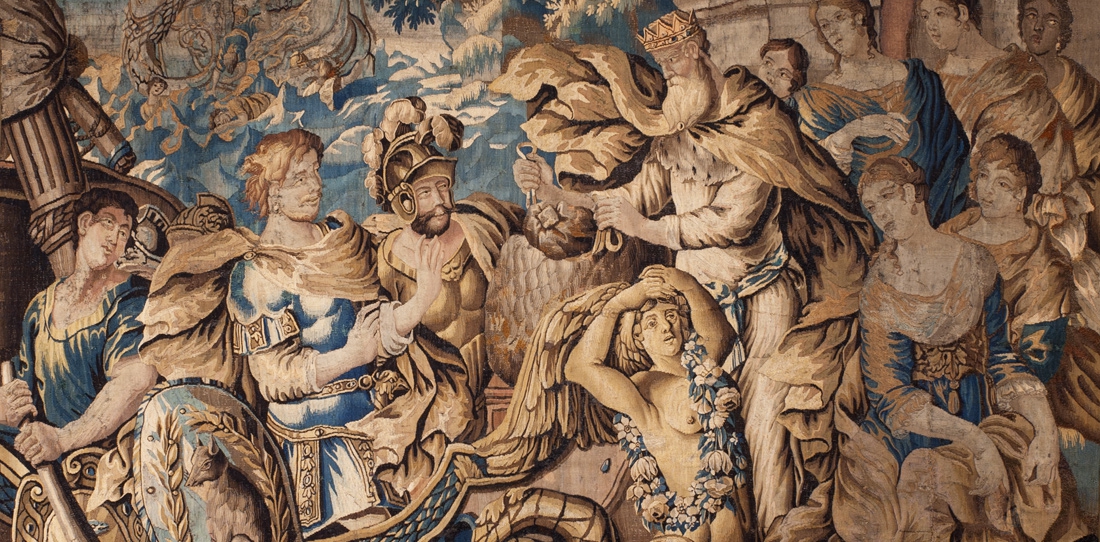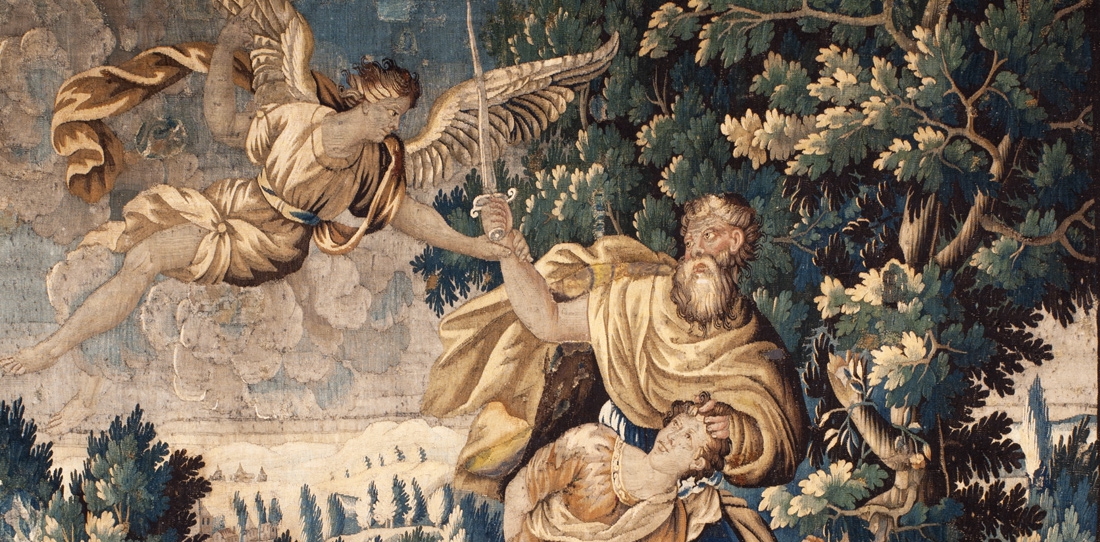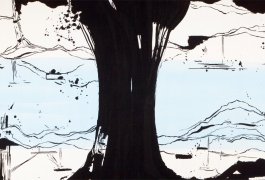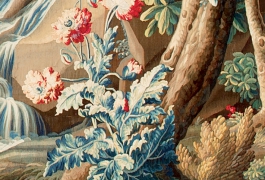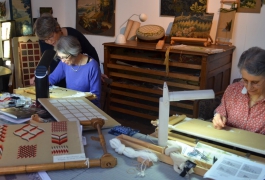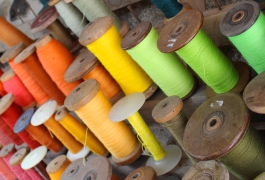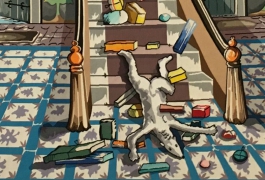17th Century: the label “Manufacture royale d’Aubusson”
In the 17th Century, the Aubussonais and Felletinois workshops received a State surge of interest with regard to them. The royal edicts influence the production organization.
The royal Manufacture advent
In 1664, the royal administration (from Superintendent Colbert’s demand) requested the Aubussonais merchants-manufacturers to bring enhancements to the tapestry making.
The meetings follow to end up on the 18th of May 1665 in the “Orders and status of the merchants, tapestry masters and workers of the city of Aubusson”, confirmed by Louis XIV in July of the same year.
Rules are established:
- A minimal duration of three years of apprenticeship, followed by four years of mentoring before the access to the mastery ;
- The “Jurés gardes” (“Judges-guards”) are expected to control the quality of the raw materials and finished products ;
- The King commits to furnish Aubusson with a painter and a dyer (which will take time to be made concrete);
- A brand is weaved on the selvage: “MRDA” (“Manufacture royale d’Aubusson”);
- The tapestries must now be clinched with a blue piping.
Colbert does not gather all the manufacturers in the same huge manufacture, but rather allows every Aubusson workshop to write down in capital letters “ROYAL TAPESTRIES MANUFACTURE” on the frontispiece of their door.
Nonetheless, the weavers enjoy the organization corresponding to the title: the weavers’ fraternity, placed under the patronage of the “Sainte-Barbe”, in the manner of the Flemish weavers’ fraternity. The celebration of the “Sainte-Barbe” on the 4th of December becomes a non-working festivity day.
Emigrations during the revocation of the Nantes Edict
During the 17th Century, in a few decades, Aubusson and Felletin distances themselves from one another, as Felletin stayed faithful to the Catholicism while a lot of Aubusson inhabitants adopted the reformed religion.
The Nantes Edict, ratified by Henri IV in 1598, permitted the free exercising of the Protestantism but its revocation by Louis XIV on the 22nd of October 1685 compels to exile those who refuse to recant their faith.
So was the destiny of more than 200 Aubussonnais weavers and their families, who gained Switzerland, where many settled down in the Bern region, then in Germany.
In Berlin, the Barraband family weaves cartoons from Beauvais after the drawings of Louis XIV’s ornament makers; near Nuremberg, the Deschazeaux family establishes in Erlangen, the Claravaux and Peux weavers in Schwabach, Mercier in Dresden.
For Aubusson, this trauma weakens the production qualitatively and quantitatively during around forty years, until the reform of the royal Manufacture initiated by the public authorities from 1726.

